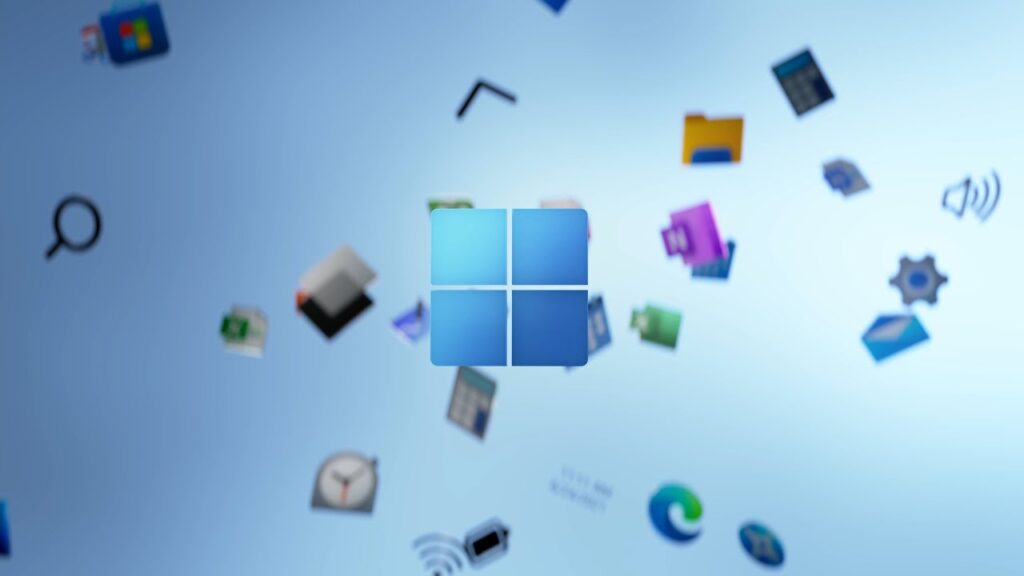Contrasted with the change from Windows 8 to Windows 10, the Windows 11 redesign appears to be practically shallow. Obviously, there have been many changes in the engine, yet the most noticeable change that most clients will see is the new Start Menu and taskbar. Those additionally end up being the most dubious, and not as a result of what they look like. Luckily, Microsoft doesn’t appear to be hard of hearing to those protests, and it has begun to make changes that bring back usefulness that was lost on the move.
Windows 11 Regressions
A few clients loathed how Microsoft changed the Windows Start Menu later Windows 8. Presently with the redesign from Windows 10 to Windows 11, the organization switched the Start Menu around again in an exceptionally extreme manner. Utilizing the idea that it had for Windows 10X and the double screen gadgets like the dropped Surface Neo, the Start Menu on Windows 11 is apparently planned considering tablets and contact screens. It is additionally more centered around Search, concealing everything except the most often utilized or significant applications and documents from view.
As though the visual changes weren’t sufficient, however, the new Windows 11 experience additionally came up short on certain elements that have become standard on Windows for some ages. A portion of those are viewed as bugs, obviously, however those bugs ought to have been fixed before Microsoft begun carrying Windows 11 out to people in general. All things considered, the organization is playing get up to speed to bring back some usefulness that has been around for a really long time however is woefully absent in Windows 11.
Clocks and Second Monitors
In the Windows 11 Insider Preview Build 22509 delivery, clients can at last see the clock and date on the taskbar in auxiliary screens. It’s a straightforward change that improves things significantly for some Windows clients that have more than one screen at some random time. It’s additionally an illustration of essential usefulness that, unusually, didn’t take care of business in Windows 11’s first delivery.
Start Menu Density
The new Start Menu is most likely more disputable on account of how it totally changes the manner in which clients connect with their work areas. While Live Tiles weren’t by and large well known or frequently utilized, the old Start Menu in Windows 10 actually took into account a lot of adaptability and adaptability. Windows 11’s adaptation, be that as it may, centers around keeping twelve or so applications and a couple of Recommended documents, the last option of which can change at some random time.

More Stories
The Combination of Web Accessibility with Search Engine Optimization – AccessiBe
How has the Spanish real estate market been affected by the pandemic
Here Are The Best Trading Platform Australia For Your Online Trading Needs